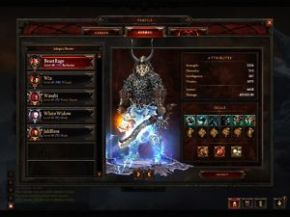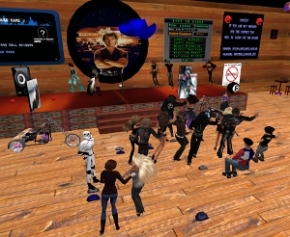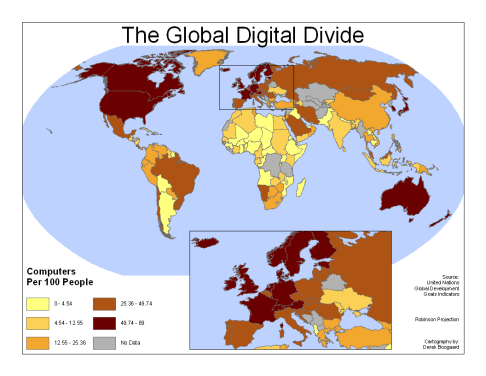Why should we care about the online world? What is it about the World Wide Web that makes us so drawn to it? Why is society so fixated around the concept of the Web today? Throughout this week’s readings, authors Adrejevic and Castranova attempt to answer these difficult questions in their own unique ways.
In the article “Three Dimensions of iCulture,” author Mark Andrejevic discusses the many different concepts revolving around the internet culture we all live in. The first of these concepts is known as iCommerce, in which companies like Nike and Proctor & Gamble use a sense of online “interactivity” in their advertisements. Such ads serve to promote a relationship between themselves and customers. However, Adrejevic also warns that allowing users the chance to interact with ads also helps companies like Nike the chance to gather data on their consumers’ preferences. Such a concept also relates to the second topic Adrejevic discusses- iCulture. iCulture delves deeper into this concept of audiences being used by company ads, in that interactive advertisements allow companies the chance to profit from the ideas of their customers. One of the last discussed subsections of iCulture is known as iMonitoring, which appears to be the most intrusive of the three. iMonitoring involves everyday online websites such as Facebook and Google, covertly recording information on our online activities without our apparent knowledge. All in all, Adrejevic’s article discusses how companies utilize interactive ads and online websites to exploit their customers’ trust, ideas, and privacy.
Inversely, Castranova’s “Synthetic Worlds” discusses the dangers of online worlds in particular, such as those created from video games like Second Life. Castranova notes that synthetic (online) worlds have been rapidly growing in popularity these past few years. Throughout a variety of examples, he summarizes his ultimate fear that synthetic worlds will soon become so popular that they will inadvertently intertwine and blur the line between the real world we exist in. That said, Castranova also notes the potential good such intertwining can do as well, namely in the field of education and research (allowing educators a virtual, limitless space to communicate and conduct experiments).
Upon reading both articles this week, I was a bit dumbfounded to discover just how frightening the World Wide Web can be. Society today has become so reliant on the Web that many of us fail to realize how it’s being used to exploit our thoughts, and reduce out sense of real-world personableness. Such dangerous impacts actually remind me of my days as a gamer in middle school, where I used to be obsessed with a virtual environment called Rumble Fighter. In the game, players explore a virtual landscape and battle each other of their free will. Throughout my two years playing the game however, I can confess to that I obtained quite a bit of cash-op, or Rumble Fighter currency, to enhance my abilities in the game. Rather than paying for said currency with real cash however, I instead obtained it through the use of online survey providers, who exchange things like cash-op if a user completes a variety of random corporate surveys based on opinion. Though at the time I had no idea why filling out surveys equated to cash, I now realize the cash-op trade was a ploy to learn more about me as a consumer. The gripping interactivity of online games like Rumble Fighter, paired with the consumer manipulating mindset of big name companies really tarnishes the concept of the World Wide Web we’ve come to know and love in today’s modern time.

One of the many survey websites out there today that “pay” user’s to fill out surveys. Many websites like these collect a variety of consumer data on unsuspecting users.







